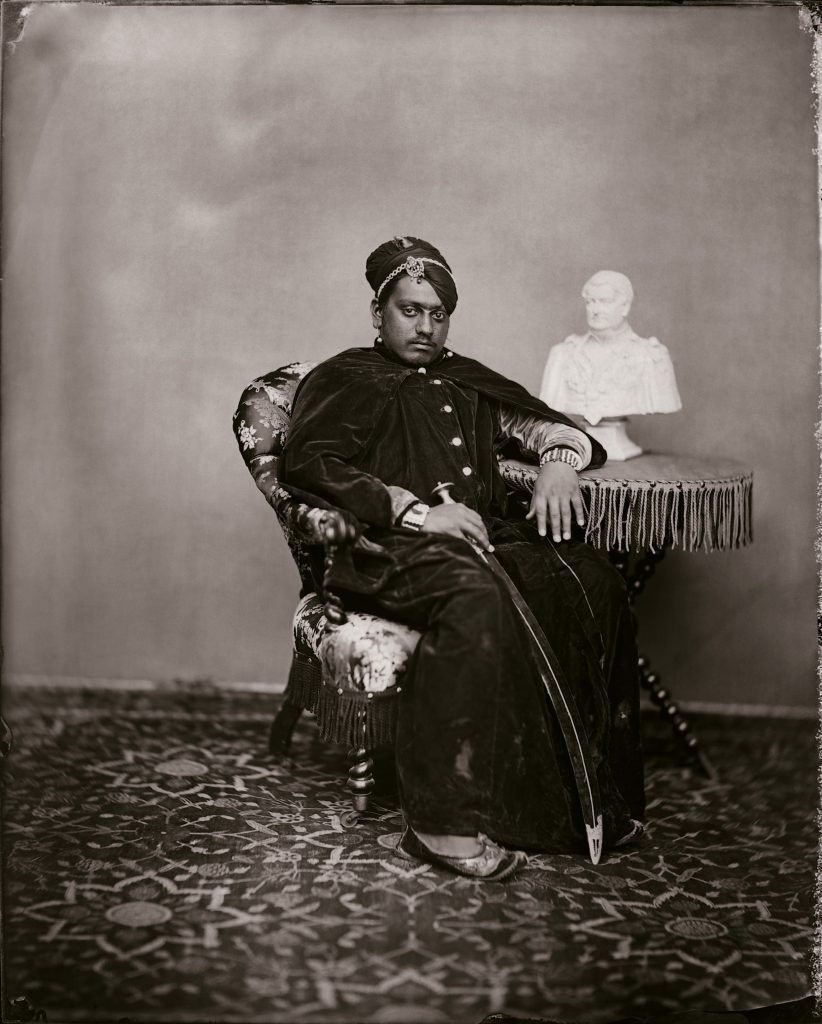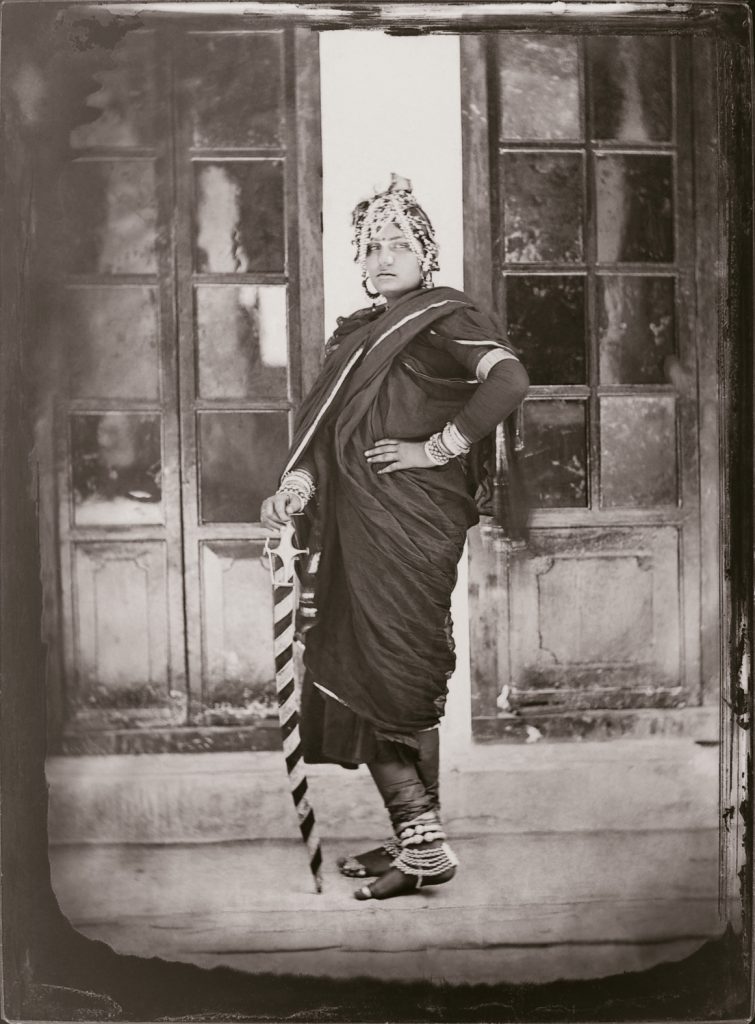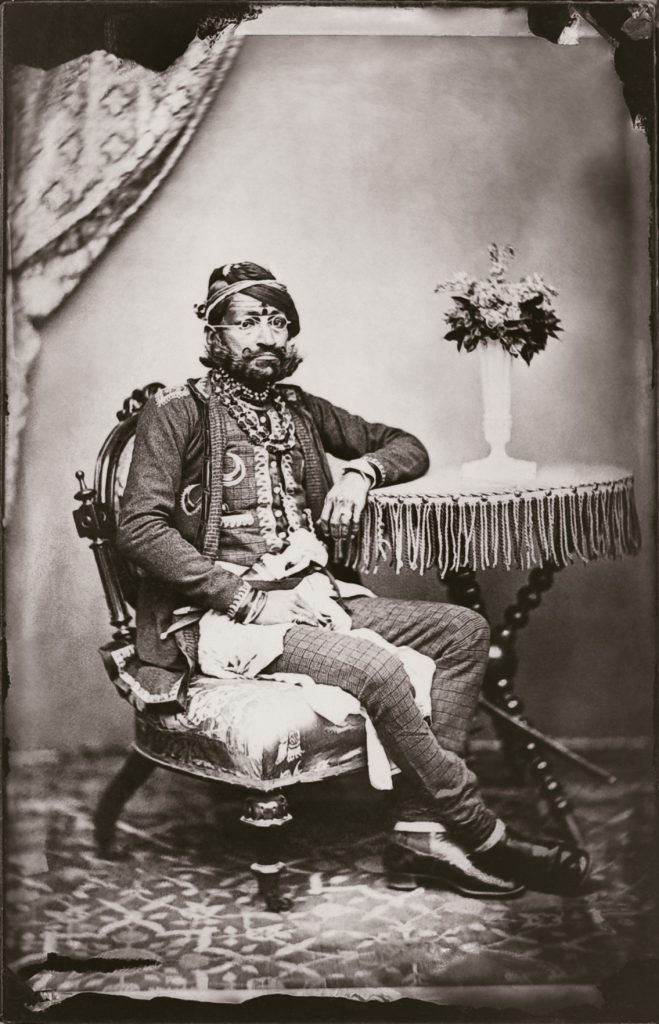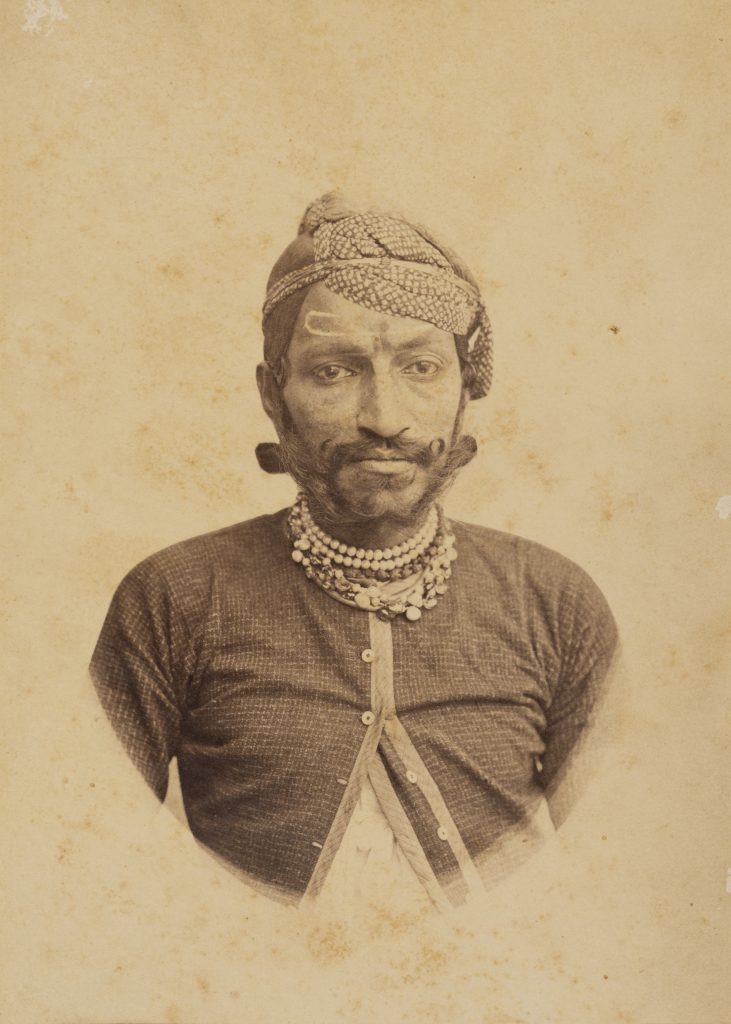Blogs
How a 19th Century Jaipur Ruler Mastered Photography
Mrinalini Venkateswaran
Maharaja Sawai Ram Singh II of Jaipur was ‘rediscovered’ as a photographer a hundred years after his death in 1880. Here, we take a closer look at what makes his practice unusual for the period.
Maharaja Sawai Ram Singh II of Jaipur was ‘rediscovered’ as a photographer a hundred years after his death in 1880. The collection of prints, glass plate negatives, and camera equipment associated with him are now held by the Maharaja Sawai Man Singh II Museum Trust, which manages the Museum of the same name, established by his descendants to care for, and share Jaipur’s artistic and cultural legacy.
Of the many photographic items in the collection, the best known are the glass-plate negatives. Some of these are collected from other photographers, but many more were made by the Maharaja, most probably with the help of assistants (in the Museum’s publications, we refer to them as his ‘studio’). The majority of the negatives are portraits. They show a variety of people, such as South Asian men (fellow rulers, such as the portraits we explored in the MAP video; courtiers, palace functionaries); and foreign men (including distinguished visitors), women, children, and families.

Maharana Sajjan Singh of Mewar by Maharaja Sawai Ram Singh II, 1877, Digital positive from wet collodion glass plate negative, 382 x 302 mm, MSMS II M 2010.04.0063-0011, Courtesy the Trustees of the Maharaja Sawai Man Singh II Museum Trust
The ‘zenana’ portraits, as they are often called, are among the most remarkable of these negatives. They show many individual South Asian women: some look away, others dress up and pose, and several stare down the photographer (and today’s viewer), challenging both to uncover their personalities and stories. That Sawai Ram Singh was able to achieve at least the former – that he was able to connect with, and portray, his sitters as individuals rather than ‘types’ – is one of the special qualities of his images. He seems not to have photographed any of his wives, but that he photographed so many women; that he found them ‘fit’ subjects to be sitters, is unusual for this period. Nothing comparable has emerged from any other contemporary Indian court. Unfortunately, we cannot be sure who all these women are – history is poor at remembering their names – but many were women at his court. Perhaps they were performers; some may have been paaswaans.

Untitled (‘Zenana’ portrait) by Maharaja Sawai Ram Singh II, c. 19th century, Digital positive from wet collodion glass plate negative, MSMS II M 2012.04.0019-0020, Courtesy the Trustees of the Maharaja Sawai Man Singh II Museum Trust
There are also some superb ‘selfies’, taken at various stages of Sawai Ram Singh’s life, and portraying him in a number of ways. Some of these images – because they are un-cropped negatives – also show the backdrop and the room beyond, offering tantalising if frustrating clues on the interiors of his studio(s). Others show assistants, artlessly peeking from behind the curtain, and the most charming star his pet dogs.

Self-portrait with studio table by Maharaja Sawai Ram Singh II, c. 1870, Digital positive from wet collodion glass plate negative, MSMS II M 2010.04.0073-0007, Courtesy the Trustees of the Maharaja Sawai Man Singh II Museum Trust

Portrait of Sawai Ram Singh Ji II (1833-1880), Maharaja of Jaipur (1835-1880), c. 1860, Possibly albumen print, PHY.12341. The image is most likely a self-portrait by Maharaja Sawai Ram Singh II.
But where exactly was his ‘studio’ located? Did he have more than one? Can we find the names of all his sitters? Which other photographers was he in touch with? Was he self-taught? If not, who taught him? These are some of the tantalising questions that confront us.
Mrinalini Venkateswaran is museum consultant to the Maharaja Sawai Man Singh II Museum, Jaipur. A fellow of the Royal Asiatic Society and former Board Member of the Commonwealth Association of Museums, she has published on museum collections, and ‘Monuments of India’ for young readers. She holds the Rajiv Gandhi Cambridge Scholarship, for a PhD in History.








